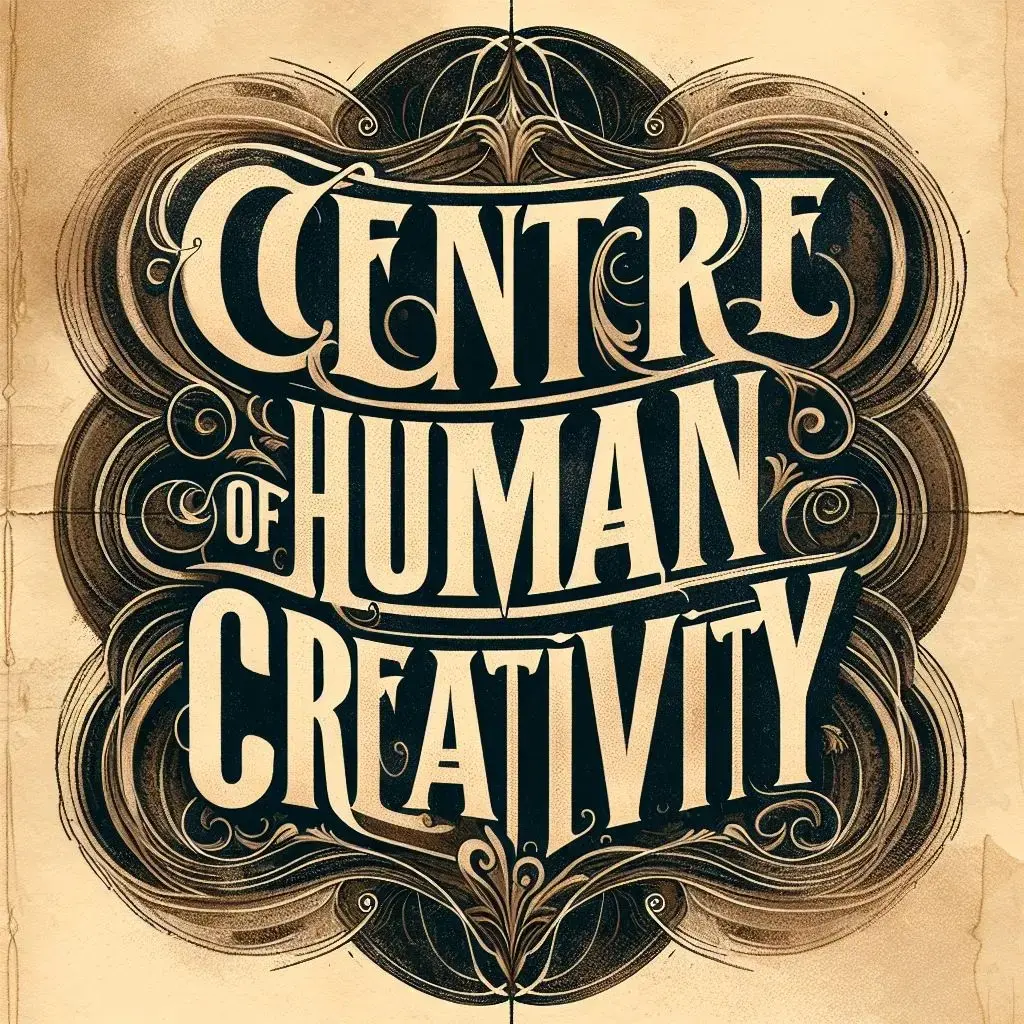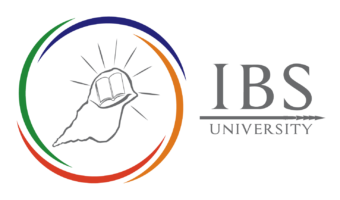Divergent Thinking: Exploring Creativity and Solutions at IBSUniversity
December 2, 2024 2024-12-02 9:05Divergent Thinking: Exploring Creativity and Solutions at IBSUniversity
When it comes to creativity and problem-solving, one method stands out for its ability to expand perspectives and conjure fresh ideas—divergent thinking. Whether in the classroom, the workplace, or everyday life, divergent thinking allows us to look at problems from different angles and explore various solutions. But what exactly is divergent thinking, where did it come from, and how can we apply it in practical ways?
Let’s break it down.
What Is Divergent Thinking?
Divergent thinking is a cognitive process that encourages generating various unique ideas or solutions to a problem. Instead of sticking to a single answer or a set principle, divergent thinking helps you brainstorm multiple possibilities, allowing for more creative and flexible problem-solving.
Think of it like brainstorming;
Throwing as many ideas as possible into the mix without worrying about whether they’re “right” or “wrong” means looking beyond the first solution and exploring all the potential routes to solve a problem.
The Roots of Divergent Thinking

The term “divergent thinking” was coined by American psychologist J.P. Guilford in the 1950s, as he was studying how people approach creative problem-solving. He believed that, unlike convergent thinking (which focuses on finding one correct answer), divergent thinking allows for many potential solutions. The roots of divergent thinking lie in creativity—specifically, how the brain works when faced with novel or open-ended problems.
Is Divergent Thinking the Same as Lateral Thinking?
Yes, in many ways, divergent thinking and lateral thinking are two sides of the same coin. Both refer to non-linear thinking that leads to creative solutions. Lateral thinking, a term coined by Edward de Bono, is about moving away from traditional or obvious thinking patterns and approaching a problem from new, unexpected angles.
Lateral thinking revolves around uncovering alternative viewpoints for tackling a problem, whereas divergent thinking takes it further by generating multiple potential outcomes. Picture lateral thinking as the starting point for creativity and divergent thinking as the process of exploration.
How Is Divergent Thinking Applied?
So how do we apply divergent thinking in real life? Whether you’re solving a problem in a classroom, brainstorming with a team, or looking for a creative solution, here are some ways to put divergent thinking into action:
- Start with a broad view: When tackling a problem, don’t narrow your focus too soon. Allow your ideas to flow freely without judgment.
- Encourage brainstorming: Whether in a group or alone, jot down as many ideas as possible—even the outlandish ones. The goal is quantity, not quality, in this phase.

- Use mind mapping: This is a great tool to visually organize your ideas and find new connections that you might not have considered.
- Keep an open mind to unique ideas: Sometimes, the most peculiar solutions set the stage for something remarkable. Avoid dismissing concepts prematurely.
Case Study: The Power of Divergent Thinking in Action
In the tech industry, Apple is a prime example of how divergent thinking can lead to innovation. When the company was faced with the challenge of creating a user-friendly smartphone, they didn’t just improve on existing mobile phones. Instead, they diverged from the norm by combining a touch screen, internet access, and a vast range of apps—ushering in the era of smartphones.
Apple’s approach demonstrates how divergent thinking, combined with innovation, can lead to breakthrough products that change entire industries. Learn more about Apple’s innovation strategy here.
Key Takeaways
- Divergent thinking is all about generating a wide range of ideas and solutions to a problem.
- It is closely related to lateral thinking, which concentrates on approaching problems from new angles.
- Divergent thinking encourages creativity, flexibility, and the exploration of multiple possible outcomes.
- Techniques like brainstorming, mind mapping, and role-playing can help stimulate divergent thinking.
Bottom Line
Divergent thinking is not just for artists or inventors—it’s a skill that can be applied in any setting, from classrooms to boardrooms. Using this creative approach helps us find new solutions, solve problems more effectively, and improve overall creativity.
At IBSUniversity, we encourage students to think beyond the obvious, to question assumptions, and to always ask, “What if?” After all, the most innovative ideas often come from the willingness to explore many possibilities.
So, the next time you’re faced with a challenge, remember: sometimes the best answer isn’t the first one you find, but the one you discover after thinking a little differently.
For more information, please contact:
IBSU Media Team
IBSUniversity
PO Box 5181, Boroko, National Capital District, Papua New Guinea
M: +675 7028 8030 / 74114100
E: ask@ibs.ac.pg | media@ibsu.ac.pg
Editing & Narrative Direction: IBSU Library & Information







